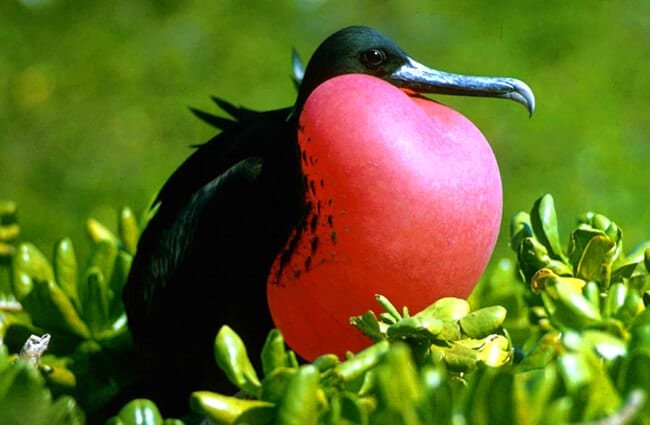Our lives are persistently affected by these wonderful creatures, with over 10.000 different species of birds worldwide.
But as the human population grows, these helpless creatures that make our life wonderful are struggling to survive.
The majority of such threats come from excessive hunting, deforestation, pollution, and land transformation.
Nearly 13% of birds of the earth are on the brink of extinction.
As an awareness initiative here are the top 10 rarest birds in the world:
10. Philippine eagle
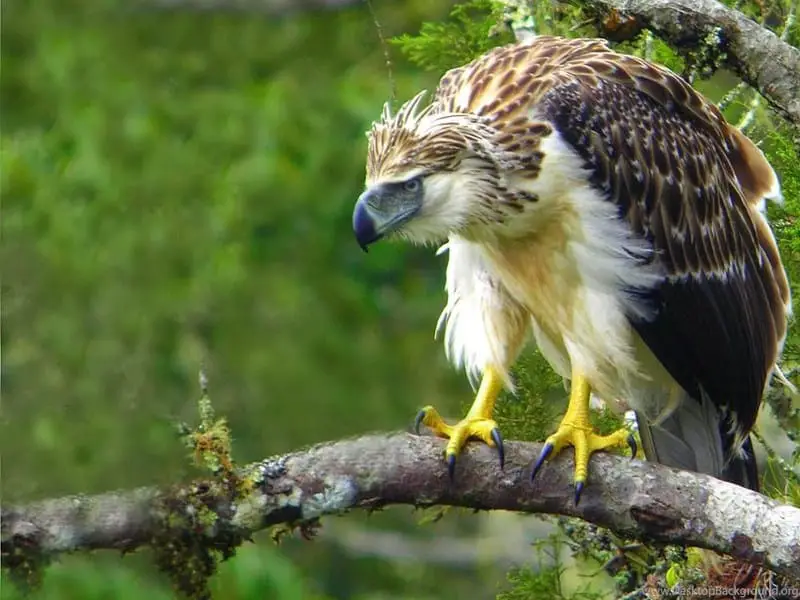
Endemic to the Philippines and one of the largest and most severe eagles in the world, the Monkey eating Philippine eagle remains threatened to extinction due to human ignorance and deforestation.
The eagle is native to four main Filipino islands: Luzon east, Samar, Leyte, Mindanao.
The Philippine eagle is typically 86–102 cm long (2 ft 10 in–3 ft 4 in).
But a survey of several specimens from some of its largest collections of natural history concludes they used to be much bigger.
Mindanao is home to the largest number of eagles, with breeding pairs between 82 and 233.
9. Great Indian bustard
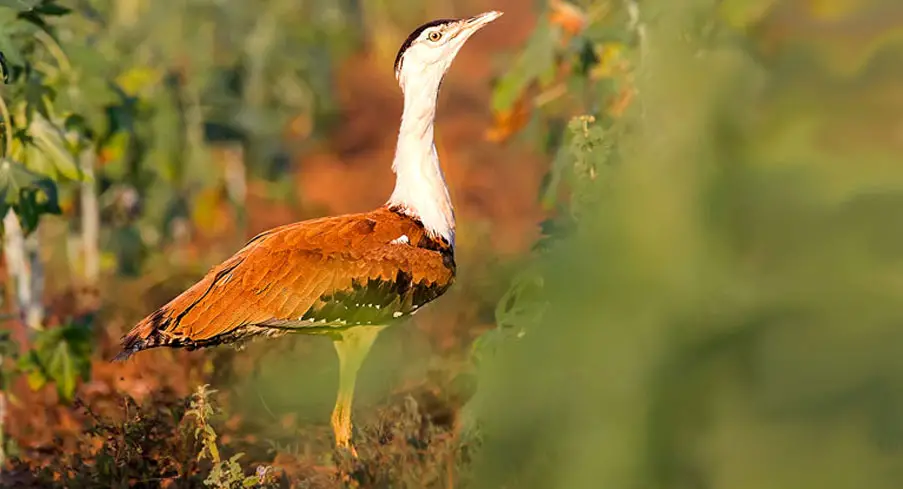
The Great Indian Bustard (GIB) is on the verge of being declared functionally extinct, now only 150 of its are remaining since 100 of them in 2011.
The GIB currently native to two Indian states, Rajasthan and Gujarat — the last surviving male sub-adult in Gujarat flew off last year, so the feeble presence of birds in Gujarat is about to collapse.
These birds have been living in there to the Thar Desert and the deserted grasslands for years.
Nevertheless, the government’s lack of political will and development projects such as windmills and power lines have brought these avian species on the brink of extinction.
There have been no efforts to conserve the grassland – GIB’s natural habitat – nor have efforts to control power transmission lines to prevent fatal accidents between birds and wire lines.
A major factor behind the decline of the bustard is flying into power transmission and windmills.
The Bustard faces a minuscule potential against the march of agriculture and development with one of the fastest mass extinctions in the world’s history underway.
8. Christmas frigatebird

The Christmas frigatebird is a large, light-built seabird, with brownish-black, long, narrow wings, and a deep bent tail.
It covers a wingspan of approximately 2.15 m (7.1 ft). to attract a mate The male has a striking red gular sac which it inflates and an egg-shaped white patch on its belly.
The female has a white breast and belly and sizewise is slightly larger than the male.
These frigatebirds can fly vast distances in search of food and are known for stealing the catch of other seabirds (kleptoparasitism).
This bird can remain in the air more than a week at a time so that it has a wide range of food.
It spends much time at sea, plucking calves squid fish at the vicinity of the water surface.
7. Bali myna

The Bali myna is the lovely snow-white bird with black tips and striking sky-blue skin patch surrounding its eyes.
It is probably because of its beauty that this bird depiction is used in the cultural art of the Indonesian Island of Bali.
In a small area of Bali, an island less than Rhode Island, you find the Bali myna or Bali starling.
Even if they are found only in a small part of the world, they seem to have all they need to prosper, the Bali mynas, also known as Bali starlings.
It’s fascinating to note that in Indonesia this bird can be found elsewhere but some Jalak Bali has been discovered in Lombok once.
Unfortunately, there is not a single bird of Bali Myna in its indigenous place of origin. Less than 100 Jalak Bali have left the wild to date, elsewhere.
6. Blue-eyed ground dove
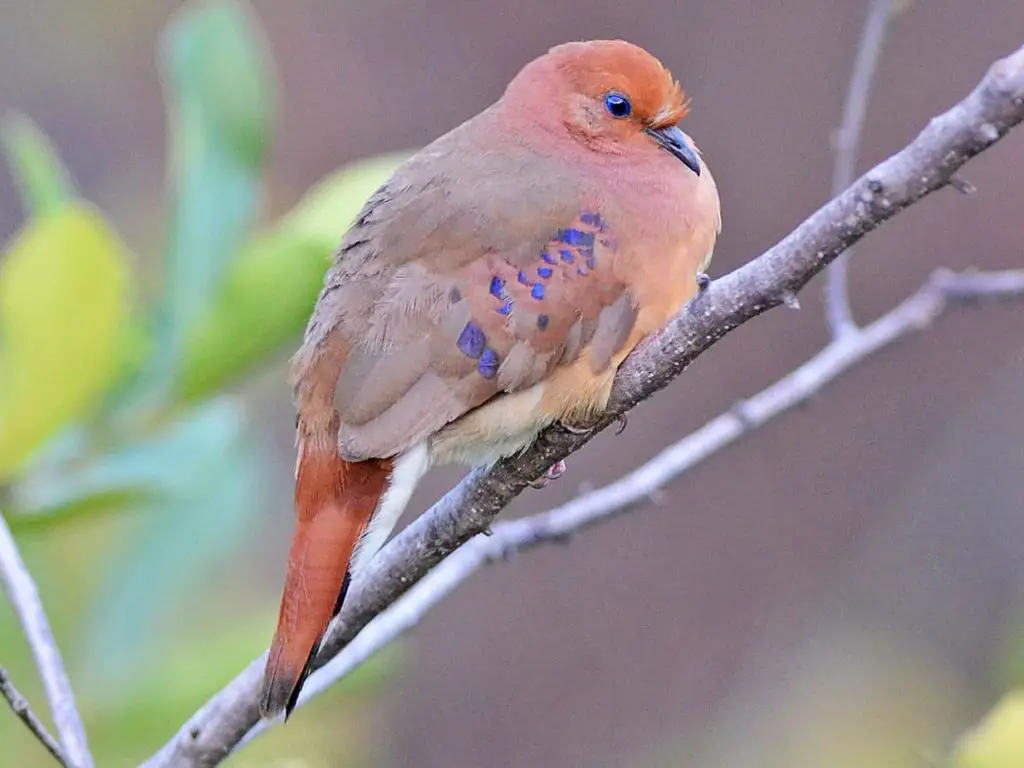
The Blue-eyed Ground-Dove was considered to be extinct hardly five years ago.
Some wildlife researchers found 12 individuals in the wild after 75 years without a confirmed sighting.
In Brazil, a country where many rare species survive, the Blue-eyed Ground-Dove is one of the rare birds with a confirmed population of sixteen individuals in wild.
Named after its bright blue eyes, this small dove has the spots on its wings and the rest of its rich tawny and rufous plumage.
The ornithologist Rafael Bessa found that the species was extinct until 2015, making a discovery of a lifetime.
5. Kakapo
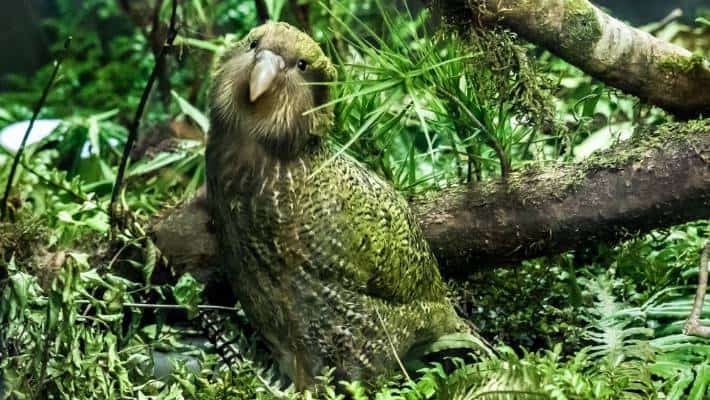
The kakapo is the only parrot in the world that can not fly and is large, plump, and nocturnal in appearance.
There are only 211 remaining in the wild, only confined to four small islands on New Zealand’s coast.
Poetic and incredible for Kakapo, that might go extinct in the coming days.
The flightless bird is the heaviest parrot in the world, is known as the owl parrot.
Humans introduced mammals into their habitat, bringing it to the brink of extinction as low as 50 birds in the wild in the 90s.
It was common in New Zealand forests before people arrived.
Intensive intervention in all stages of its life led to an increase in the transfer of the whole population into predator-free islands.
4. California condor
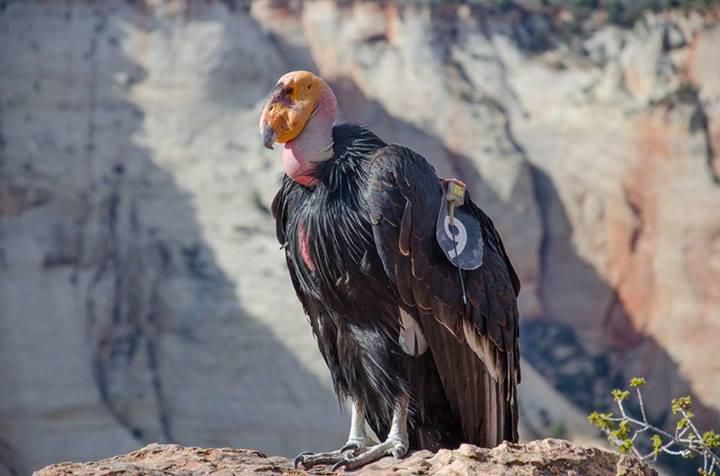
California Condor is the biggest bird in North America, spectacular but endangered.
These excellent gliders travel extensively to feed deer, pigs, cattle, sea lions, whale, and other animals.
Their massive black wings, extraordinary foresight, inquisitive and wise intelligence make this bird extremely alluring.
Thousands of California Condors once lived in the wild across the west of the USA and in Mexico.
When people settled on the west, the condors were often killed, poisoned, taken, and disturbed.
Their eggs were stolen by other animals or humans, and their natural food supply of antelope, elks, and other big wild animals was reduced.
In the end, condors in most places could not survive anymore.
By the late 1900s, the rest of the population fed on dead animals, sheep, and deers, and were restricted to the mountains in southern California.
In the 1980s, there were only 22 birds, but in California, Arizona, and Baja California, there are now some 230 free-flying birds, and another 160 are captive.
The poisoning of plum remains a serious long-term threat.
3. New Caledonian owlet-nightjar
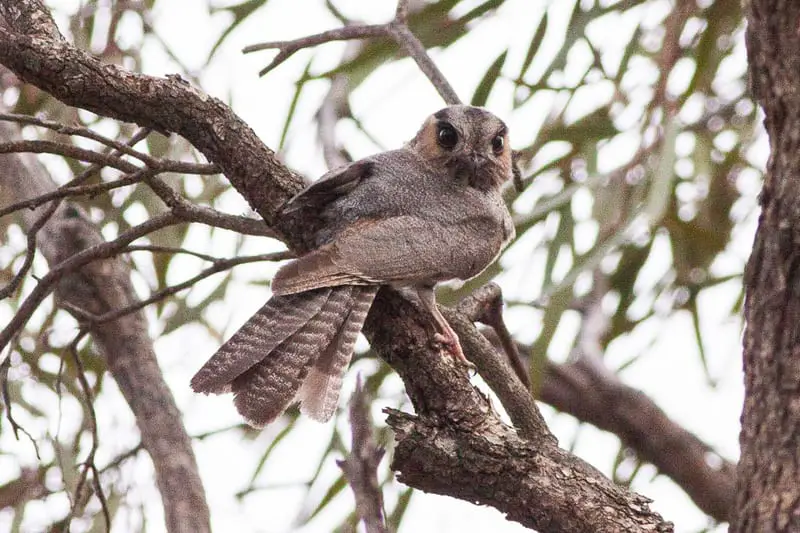
A type of bird, with swift and goatsuckers, the New Caledonian owlet-nightjar has a vermicular gray-brown and black plumage.
The tail is long and slightly round, short, round, and stiff legs. Its voice is unknown, but birds like that make sounds of whistling and churring.
According to the World Conservation Union (IUCN), the New Caledonian Owlet Nightjar is facing an extremely high risk of extinction.
Researchers thought the population before to be extinct.
In 1880, when a single specimen, one bird of the species, was collected it was identified as the New Caledonian Owlet Nightjar.
The New Caledonian owlet-nightjar was declared extinct and there were no other birds seen.
The species was not extinct, however. In 1998 there was a new Caledonian owlet-nightjar, and the condition has changed.
Only 1 sighting, 3 reports and two specimens held in Liverpool and Italy museums are known.
2. Giant ibis
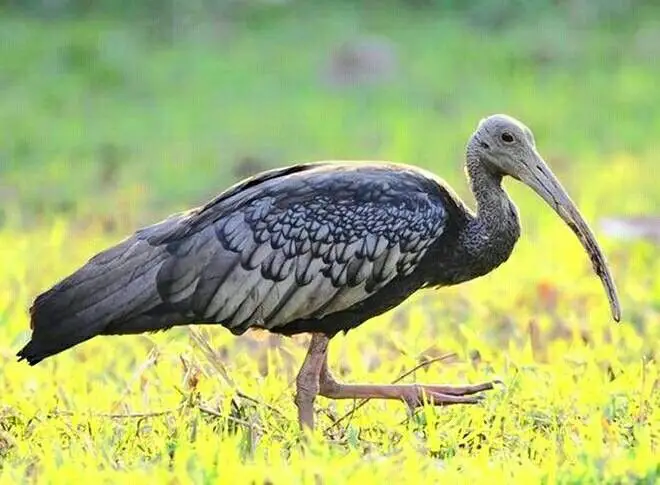
Although the bird of Cambodia may be critically endangered, efforts to bring the bird back from the point of extinction are underway.
The Giant Ibis is an enormous, striking ibis that is unique in being the most important member of its family and the only member of its genus.
This decrease is unfortunately expected to continue unless significant and successful conservation efforts are used.
Only about 200 mature individual Giant Ibis, or about 300 adults and young birds are estimated alive. In Cambodia, Vietnam, and Laos, ibises are mainly found now.
1. Madagascan pochard

This tiny brown duck with a brownish sand color is called ‘The Madagascar pochard.’
And It also couldn’t end up in Madagascar, the film.
But if you look closer, you will see that this poachard is a lovely bird, elegant, with a beady eye. It also is the rarest duck in the world.
Very rare duck thought to have extincted in a distant location in northern Madagascar before it could be rediscovered in 2006.
This last population of ducks was removed and struggled to survive from their natural habitat.
The depth and temperature of this crater lake meant that the young could not feed and survive when used for finding food in shallower, marshy habitats.
